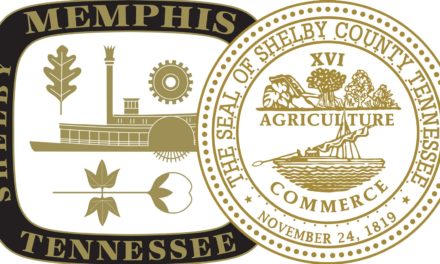From citiwire.net:
By Neal Peirce
In our age of acronyms, you’ll be excused if you can’t define SFPark, SFStartup, SmartSF, EngageSF. They’re all part of SFGov — or to be more precise, San Francisco city government’s leap into a world of far-ranging innovations.
Then they’re “parklets” — a “StartupSF” feature to reclaim and “green” public space, that was first conceived by a local studio, Rebar Art, that mixes art, design and activism. The simple idea: if you put quarters into a parking meter, in effect renting street space from the city, why not rent the space for another purpose? So parklets, built out into parking lanes, are suddenly creating space that can be reprogrammed for people to relax, drink a cup of coffee and enjoy the urban scene. Business owners, expected to be chief adversaries, are now spending significant dollars to rent parklet space beside their cafes and restaurants.
The basic idea, says Nath, “is to engage the community, make sure it has information and can share ideas with us.” So San Francisco has been encouraging “hackathons” — a type of public consultation at which citizens and businesses are invited to suggest and think through designs to address problems the city faces.
Why go to all this trouble? Nath explains it’s to address “pain points” the city is experiencing. The new tech-cures range all the way from new software to tame the city government’s labyrinthine obstacles in licensing new businesses to improving the notorious mismatch of would-be riders and taxi cabs on San Francisco streets.
Why address “pain points”? In a way, it’s classic city marketing — to enhance, Nath says, San Francisco/Silicon Valley’s reputation as a business start-up capital, and then to retain the new businesses with superior city environment and quality of life. And to keep the tourists coming.
But expectations are running dramatically higher — especially among today’s app-friendly, data-addicted youth. Advanced data centers and networks are key. But the technology needs to include, and build, on intentional outreach to citizens and companies — and ways for city governments to become more transparent, citizen-responsive, than ever before.
San Francisco’s not alone in the scramble for cutting-edge innovations. New York, Boston and Chicago are also leaders, and often exchanging information with San Francisco. And Philadelphia is the only other city with a direct counterpart to Nath — Adel Ebeid, recently appointed chief innovation officer by Mayor Michael Nutter.
One expects more and more cities will be taking the same step, especially in an era when cities are more than ever neglected by state and national governments, “on their own” to compete in fiercely competitive times.
But San Francisco’s proclaimed ambition to be “the innovation capital of the world” has received a major boost from Jay Nath. In varied San Francisco roles since 2006, he’s authored or led a range of technology breakthroughs, starting with software to manage over 10 million “331″ non-emergency calls, to create SFData which now has 60 apps in its showcase, and 2010 “Open Data” legislation which is requiring city agencies, the police included, to open up over 200 datasets to public view and analysis.
Gordon Feller, Cisco’s director of urban innovations, is likely right in speculating that Nath will be seen in future years as a key driver of the open data revolution now building in world cities.
Feller is co-founder and leader of a yearly “Meeting of the Minds” that’s scheduled at a Bay Area conference this October. Its focus, says Feller: to examine “San Francisco’s secret sauce” of open source technology, citizen access and participation. Urban leaders from more than a dozen countries are expected.
The timing couldn’t be riper.
For a high quality, hour-long webinar that recorded the San Francisco progress and Nath’s innovations, here’s the link:
Information on the Meeting of the Minds meeting (borrowed from the CEO for Cities website):
Meeting of the Minds Event Announced
March 2, 2012
Posted by: ShaynaOn October 10-12, global leaders will convene in San Francisco for Meeting of the Minds. Each year’s Meeting is a premier leadership summit focused on the innovations that leaders in the built environment, infrastructure, transport, architecture, planning, finance and other key areas can use to grow sustainable cities. For two days, participants from across all sectors — public, NGO, and private — engage in lively discussions focused on “connecting the dots” linking buildings, energy and water resources, mobility, and finance.
Underpinning the 2012 program is a growing imperative: to make sense of the complex interplay between natural ecosystems and human infrastructure systems. The Meeting will look at how urban/regional decisions have become inextricably linked, and what elements of cross-sector partnership are critical for successful solutions.
Our Meeting will illuminate specific solutions and smart strategies that are making it possible to accelerate the emergence of sustainable cities around the globe — and create a smarter and more connected future for all. We’ll feature the innovators who are solving critical problems, especially those from organizations that are making smart investment choices. We’ll identify breakthrough policies and practices that are already enabling our institutions and systems to become smarter and more resilient.
Follow Meeting of the Minds on Twitter @meetoftheminds



